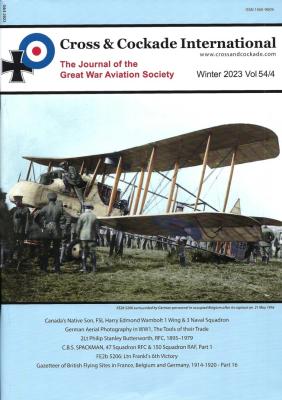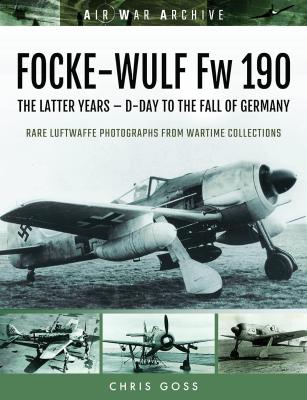Cross & Cockade International is a non-profit UK-based group known as the First World War Aviation Historical Society that publishes their journal four times a year. Issues are available as printed as well as digital copies (or both). They also provide a free newsletter (sign up on their website) and occasionally publish WWI themed books like the Sopwith Dolphin monograph I reviewed earlier for IPMS USA. This Journal is the sister of the US Journal, Over The Front.
Welcome to the IPMS/USA Reviews site!
Introduction: The primary organization of the IPMS/USA Review website is by IPMS/USA National Contest Class. Within each Class there are sub-menus by kits, decals, books, etc. The Miscellaneous Class is for items that are not class specific or that cross two or more classes.
IPMS/USA Members: We encourage you to submit reviews, both here and to the Journal. To volunteer for membership in the IPMS/USA "Reviewers Corps" and submit your own reviews, please read the Guidelines For Submitting Product Reviews.
Manufacturers, publishers, and other industry members: IPMS/USA is pleased to offer your company the opportunity for product reviews. All product reviews are performed by IPMS/USA members, and are posted in the publicly-accessible section of our website. With very few exceptions, we perform full build reviews of new kit releases, aftermarket products, and supplies. If you would care to provide product samples for review, please contact John Noack, IPMS/USA 1st VP.
To learn more about IPMS/USA, please see our About Us page.
Tru-Color Paint is a model paint manufacturer based in the US. They have an extensive line of railroad and car paints and they are continuously expanding their military line (aircraft, naval, armor).
This set includes the following colors (all of them already available in their line).
- TCP-1281: Dark Green
- TCP-1281: Dark Earth
- TCP-1284: Dark Sea Grey
- TCP-1287: Ocean Grey
- TCP-1288: Sky Type S
- TCP-1290: Interior Green
The set includes the main colors used by the RAF in the early years of WWII in Europe (Dark Green, Dark Earth, Sky, Interior Green) and some of the colors used in the later years (Dark Green, Ocean Grey, Interior Green). Including Dark Sea Grey is perhaps a bit unusual as that color was rarely used. Personally, I would have replaced it with Medium Sea Grey, which was the most common undersurface color in the later years of WWII.
Hauler-Brengun from The Czech Republic produces some of the finest aftermarket resin parts and model kits in the industry. The wheels in this set were no exception.
Brengun’s packaging was very good, with the contents contained within a clear plastic bag and a hard cardboard backing. There were no instructions included in this set, but none were needed.
These resin wheels would fit any 1/144 scale BF-109K kit, and just needed holes drilled to mount on to the kit axel. Two complete sets of main wheels and tail wheels were included. They were nicely cast with petite, slightly soft, tire and wheel detail. The main tires included a flat spot, but no tread pattern (unless these tires didn’t have a tread pattern anyway). In this scale I could not see this as being an issue.
This is a re-boxing of the Two Bobs kit first released in 2009. Special Hobby has since issued three versions. In this the “Anniversary Markings”, version we get a US Navy bird celebrating the American Bicentennial and a Greek AF, T-2 marked to commemorate 40 years of service with that organization. The T-2 first flew in 1958 and was the backbone of the Navies jet training syllabus till its replacement in 2008. The Hellenic or Greek AF received a total of 40 T-2Es and is just now in the process of phasing the last out of service. Venezuela also used this venerable trainer. In total 609 were built giving thousands of military aviators their first experience of jet flight.
The FW-190, or Butcher Bird, is quite a fascinating aircraft, fast, robust and extremely versatile. This aircraft served from its development in 1941 right through the end of the war. It continued to evolve from just a fighter to a ground attack and a night fighter. It seemed to develop over the war from short and stubby to sleek and sexy in the form of the D-9 and Ta-152. This book concentrates on the short nosed radial engine versions from the V-1 prototype to the A-9 and S-8.















